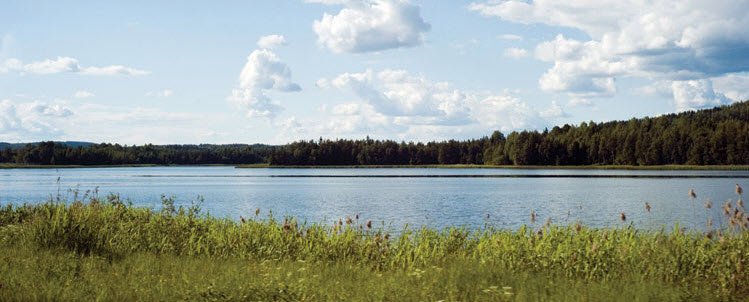According to the UN World Commission on Environment and Development, sustainable development is defined as "development that meets the needs of the present without compromising the ability of future generations to meet their own needs".
For Umicore Precious Metals Refining, sustainable development implies economic growth together with the protection of environmental quality and with a responsible health and safety commitment.
Our corporate social responsability approach is clearly defined in 10 objectives ranging from zero lost time accidents to human rights and equal opportunities.

Environment
The Umicore Way expresses Umicore's commitment to responsible, proactive and transparent management of environmental issues and concerns. Umicore Precious Metals Refining regards caring for the environment as a strategic opportunity.
Our refining facility complies with the European and even stricter Flemish legal environmental requirements. Installations and procedures are continuously being adapted to new legislation. All activities and facilities are duly licensed.
Air

Process gases and hygienic gases are cleaned using BAT (Best Available Techniques) such as bag house filters, electrofilters and scrubbers. Emissions of dust, metals, gases and dioxins are very low and comply with the legal limit values, showing a decreasing trend, thanks to everlasting efforts on improvement.
Major stacks are equipped with continuous monitors for dust and gases. Discrete measurements on stacks are performed up to a monthly frequency for the most important emission points.
Continuous efforts are made to abate diffuse emissions. Dusty materials are stored in covered buildings. Open air stockpiles and roads are intensively sprinkled. Ventilation losses from buildings are reduced and controlled. A method to estimate the quantity of the diffuse emissions has been developed and shows a decreasing trend over years. Further study is being undertaken to map relevant sources and to develop adequate abatement systems.
Water

Not only process water, but also cooling water, all rainwater, sprinkling water... is treated in an onsite BAT waste water treatment plant: acids are neutralized, metals, sulphates and fluorine are removed by physical chemistry processes. Two thirds of the water is reused internally while one third is discharged into the river, in full compliance with the standards laid now.
Soil

The project to rehabilitate the adjacent residential areas has been finished. The aim of the remediation work was to remove the health risks for the residents, especially children. Non-paved parts of the terrain were removed to a depth of 30 cm and filled in with clean soil. Afterwards, the gardens were finished with lawns. A professional cleaning company also dedusted the dustiest places, such as attics and cellars, in some houses.
Soil remediation works in the Moretusburg area started in September 2006 and were finished at the end of 2007. No fewer than 700 houses were involved in this large-scale project. The public area was also cleaned up and refurbished.
In the Hertogvelden area, further away from the plant, 50 plots were cleaned up in the same way in the spring of 2008.
The historical soil contamination in the plant is also being controlled: huge areas have been covered with plants, brick rubble or concrete pavement in order to prevent dust generation. Contaminated groundwater is drained away and treated in the waste water treatment plant.
Waste
We try as much as possible to find useful applications for all our outputs: sulphuric acid is sold for further use, poor slags are used as a concrete filler or as dike reinforcement material. Slag applications are covered by certificates issued by the Flemish authorities.
Waste containing elements that can't be recycled any further, adds up to only 4 % of the incoming material and is disposed of in duly licensed landfills.